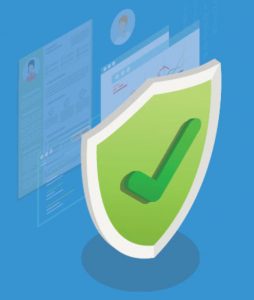Keeping Digital Docs Secure and Organized
With so many digital documents floating around, it’s important to find a secure, efficient method of storing them. Here are a few tips to get started as you wrap up 2019.
 Common Digital Documents
Common Digital Documents
- Pay stubs
- Bank statements
- Receipts (ATM, purchases via Square, etc.)
- Tax forms
- Closing Documents
- eSigned contracts
Get Organized!
- Screenshot important digital receipts
- Photograph of scan significant paper receipts and upload to a secure digital location like your Google Drive or Dropbox.
- Create folders for your important documents. For example:
– Tax information > W2 or Form 1099, receipts from write-off purchases.
– Monthly Billing Statements > Bank statements; student loan balance; credit card bills.
– Miscellaneous Receipts > Larger purchases; square receipts; online purchases. - Protect folders with a strong password. Include:
– Twelve characters or more.
– Combination of upper and lowercase letters.
– Use numbers and special characters.

Safe Ways to Store Data
Multi Factor Authentication – online service will text you a code, ask a security question or even require a second pin before you can log in. Platforms doing this:
- Dropbox
- Google Drive
- The Vault – Available only for Mac and mobile; encrypts files to ward off any prying eyes
 What is Encryption?
What is Encryption?
Complex algorithms that make data impossible to read without a password. It’s common on many major data storage sites.
Back Up Your Files!
Always keep a copy of the data in case an account is compromised or technology breaks.
- On the Internet? Backup a hard drive.
- On a hard drive? Backup online or on another device.
- Keep a hard copy of important documents in a safe place.



